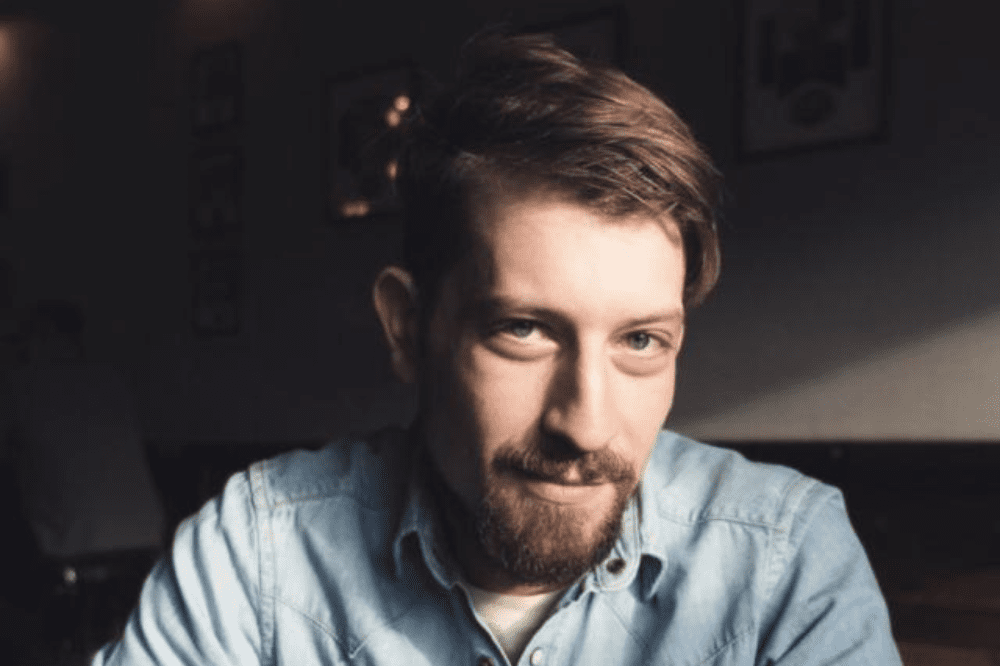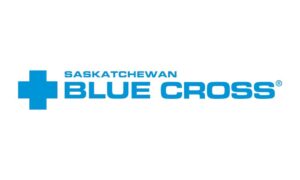How non-traditional skills can propel an insurance career

Guerra started out handling marketing and social media for PAK Programs, before venturing into risk management and loss prevention. Specifically, he uses drone and mapping technology to help identify wildfire risk areas in clients’ vineyards and other properties in California. The data he collects feeds into underwriting and risk management strategies.
“I love to travel. Through this, I’m able to go see a lot of different parts of the country, but more so I like the critical thinking that it involves,” Guerra told Insurance Business.
“I like going to a new winery because each one is like a puzzle – how am I going best capture the data here? How can I best construct the map on this property? Where’s all the important stuff? How can I prioritize capturing everything?”
A non-traditional entry into insurance
Guerra came into insurance after several years volunteering, leading travel programs in North Africa and Southeast Asia, and writing travel articles. PAK Programs’ president, Larry Chasin, recruited Guerra as a freelancer to write about breweries under a blog sponsored by the insurance firm. Eventually, Guerra was taken on full-time and given greater exposure to the wine and liquor industry.
He didn’t put on his loss-prevention hat at PAK Programs until 2017, after devastating wildfires struck California and parts of the wine country. Guerra and Chasin went to Napa Valley to see the extent of damage and to provide some support to the communities.
“I studied archaeology at the University of Vermont, so I had an educational background in cartography, geospatial analysis and mapping software,” Guerra said. “While I was in Napa, we saw that the problem was having all these clients all over the valley but no way of identifying where they were in relation to high-risk wildfire zones.
“So, I told Larry we could utilize my experience to map out where our clients are and use them with different data sets that were publicly available to help determine risks.”
Guerra did extensive work mapping out PAK Programs’ spread of risk across the country. He also obtained a part-107 drone pilot licence and began going out to clients’ grounds to create his own maps.
“I would go out to the wineries and fly over the properties, some of them over 800 acres, and I would use the imagery to build maps for underwriting and loss prevention,” Guerra said.
The maps allow PAK Programs to offer different risk management strategies to owners, including vegetation management. Underwriters can use the data to determine building measurements and the layout of the properties.
“A lot of the claims issues we had stemmed from the fact that we could know where the big winery or the tasting room was, but because some of the properties were so large, there would be a little shed, pump house or barn in the back that had been overlooked and burned down,” said Guerra.
“The client would think this was covered but we didn’t even know about it, which then leads to tough conversations.
“The mapping helps us be proactive in preventing those things from happening.”
How can the insurance industry attract talent from non-traditional backgrounds?
Amid a talent crunch, targeting people with non-traditional backgrounds can be rewarding for insurance companies. But the industry needs to be open-minded about the talent it wants to attract.
“There’s a preconceived notion that the insurance industry is very traditional, which a lot of the times it is. But I think there’s a resistance to change sometimes,” Guerra said.
“Companies that embrace the change or try to adapt by incorporate new technologies are going to attract a lot of younger talent.”
For prospective candidates, insurance can prove to be a multifaceted and dynamic career path, according to Guerra.
“I never considered I was getting into the insurance industry, which I think has a reputation of being somewhat stale and boring,” he said.
“I’m moving between different industries [at PAK Programs]. The brewery folks are very different from the winery folks, and a hobbyist winery owner is different from the big-box retailers,” Guerra said.
“There’s a lot of subculture within these different program cultures and being a people-person and adaptable to a variety of situations comes in handy, especially when you’re on the ground.”
What are your thoughts on targeting non-traditional backgrounds as a way to plug the talent gap in insurance? Share them in the comments below.



